
Environment climate question, a short article that compares the present scientific approach with what some experts used to say in 1970, that is 50 years ago
Man has to awaken to wonder – and so perhaps do peoples. Science is a way of sending him to sleep again.
Ludwig Wittgenstein
Matter, this revolutionary entity of the universe, which aggregates and disintegrates at will without ever asking anyone’s permission, creating on the contrary a lot of problems for everyone!
Carl William Brown
A butterfly flapping its wings in Brazil can produce a tornado in Texas.
Edward Lorenz
To solve the climatological problems it is necessary to study the mathematics of coupled nonlinear differential equations and the experiments to be carried out so that this mathematics corresponds to reality.
Antonino Zichichi
The earth, our home, is beginning to look more and more like an immense pile of filth.
Pope Francis
Climate change is a terrible problem, and it absolutely needs to be solved. It deserves to be a huge priority.
Bill Gates
Climate change is happening, humans are causing it, and I think this is perhaps the most serious environmental issue facing us.
Bill Nye
We must look at the present state of the universe as the effect of its previous state and as the cause of its future state. An intelligence capable of knowing all the forces that act in nature in a certain instant and the instantaneous positions of all objects in the universe, would be able to understand in a single formula the motion of the largest bodies as well as that of the lighter atoms, as long as his intellect was powerful enough to be able to analyze all the data. Nothing would be unknown to him, the future as well as the past.
Pierre Laplace
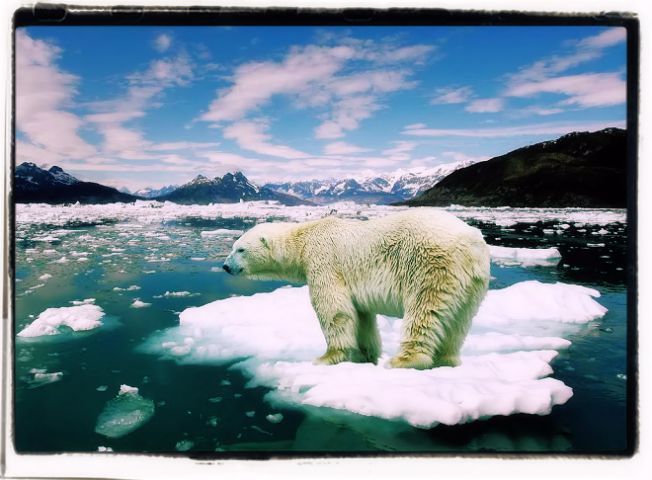
Nowadays the overwhelming majority of scientists agree that climate change is real and caused by humans. Studies show that 97 percent (or more) of climate scientists who are actively publishing agree that climate change is likely due to human activity. Nearly 200 scientific organizations across the globe have issued statements that publicly endorse this view.
Global temperatures during some of the past interglacial periods have exceeded the average temperatures we observe today, although you would have to go back more than three million years to find a period that was clearly warmer than today. Temperatures in the most recent decade have now exceeded the warmth of the previous Eemian interglacial.
Global warming is an environmental issue because it affects the natural environments of various parts of the world. It does so in ways that hurt humans directly and in ways that alter environmental conditions for nature. Global warming brings about changes in the environment in many places. There are many examples of how it does this, it can melt the polar ice caps for instance.
Warmer weather is increasing the risk of long droughts and severe forest fires as it is happening in Australia or some American states, but at the same time more flooding due to climate changes is the greatest risk for some other countries, like the UK for example.
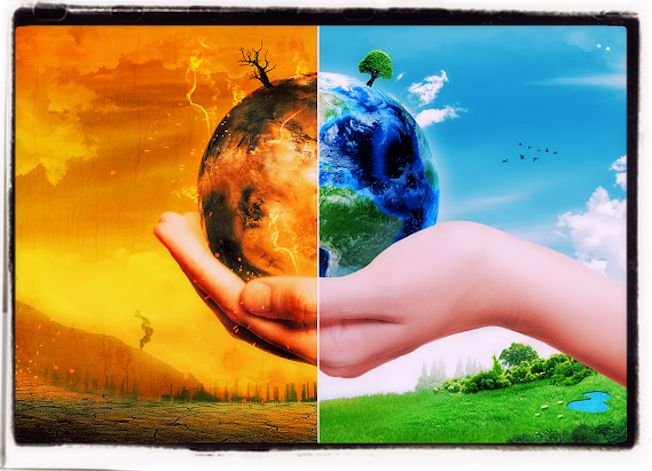
The average global temperature has risen by 1.69 degrees F (0.94 degrees C) since the twentieth century with more significant warming toward the poles than in the equatorial region. Although most locations on the planet have recorded increased temperatures since 1900, changes in global ocean and atmospheric circulation patterns have created small-scale temperature decreases in a few local regions.
The gases responsible for the greenhouse effect and therefore for the global warming are CO2, CH4 and water vapor. The electricity and heat production sector emits the largest percentage of global greenhouse gas emissions at 25%. Agriculture, forestry, and other land use sector is a close second at 24%.
For the past few decades, scientists have had the benefit of global satellite data. We have accurate ground-based measurements that reach back just over a century. “Proxy” methods, such as tree ring and ice core analysis, are used to reconstruct climate records before the rise of modern instruments.
Global warming, also known as climate change, is caused by a blanket of pollution that traps heat around the earth. This pollution comes from cars, factories, homes, and power plants that burn fossil fuels such as oil, coal, natural gas, and gasoline.
Global warming pollution knows no boundaries. It enters the atmosphere, spreads across the globe, and traps heat around the earth for 50-200 years after it is emitted. That is why we need to reduce global warming pollution now, because our children, and their children, will still feel the effects of global warming for years to come. Currently, the levels of carbon dioxide in the atmosphere are at their highest levels in hundreds of thousands of years.
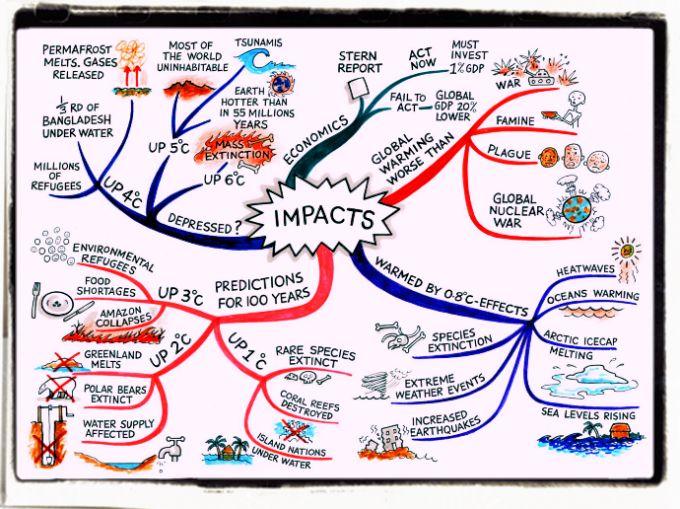
First, we can look at physical possibilities. In this case, the answer is that the human race can take action to stop or reduce global warming. Almost all scientists believe that warming is being caused by human action. Therefore, human action could reduce warming.
The Paris Agreement aims to keep the overall increase in global temperatures below 2 degrees Celsius, with the hope of limiting it to 1.5 degrees Celsius. Scientists believe that these are the largest increases in global temperature that we could experience without causing catastrophic change to the Earth’s climate.
But there are also a lot of experts claiming that there is no climate emergency at all. During 2019 a global network of 500 scientists and professionals from many, many countries has sent this urgent message to the UN: “There is no climate emergency”.
In their opinion the climate science should be less political, while climate policies should be more scientific. Scientists should openly address the uncertainties and exaggerations in their predictions of global warming, while politicians should dispassionately count the real benefits as well as the imagined costs of adaptation to global warming, and the real costs as well as the imagined benefits of mitigation.
Natural as well as anthropogenic factors cause warming. The geological archive reveals that Earth’s climate has varied as long as the planet has existed, with natural cold and warm phases. The Little Ice Age ended as recently as 1850. Therefore, it is no surprise that we now are experiencing a period of warming. Only very few peer-reviewed papers even go so far as to say that recent warming is chiefly anthropogenic.
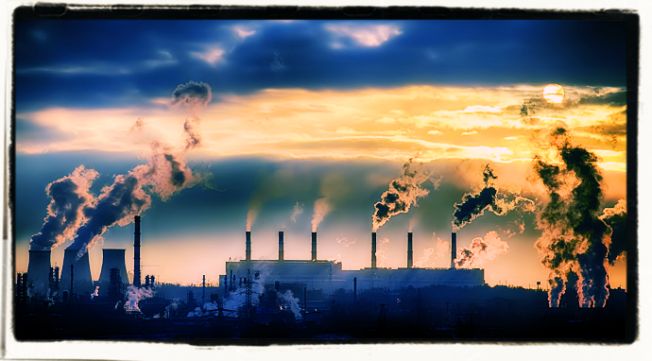
As a matter of fact the world has warmed at less than half the originally-predicted rate, and at less than half the rate to be expected on the basis of net anthropogenic forcing and radiative imbalance. It tells us that we are far from understanding climate change.
Climate policy relies on inadequate models. Climate models have many shortcomings and are not remotely plausible as policy tools. Moreover, they most likely exaggerate the effect of greenhouse gases such as CO2. In addition, they ignore the fact that enriching the atmosphere with CO2 is beneficial.
CO2 is plant food, the basis of all life on Earth. CO2 is not a pollutant. It is essential to all life on Earth. Photosynthesis is a blessing. More CO2 is beneficial for nature, greening the Earth: additional CO2 in the air has promoted growth in global plant biomass. It is also good for agriculture, increasing the yields of crops worldwide.
Global warming has not increased natural disasters. There is no statistical evidence that global warming is intensifying hurricanes, floods, droughts and suchlike natural disasters, or making them more frequent. However, CO2-mitigation measures are as damaging as they are costly. For instance, wind turbines kill birds and insects, and palm-oil plantations destroy the biodiversity of the rainforests.
Climate policy must respect scientific and economic realities. There is no climate emergency. Therefore, there is no cause for panic and alarm. We strongly oppose the harmful and unrealistic net-zero CO2 policy proposed for 2050. If better approaches emerge, we will have ample time to reflect and adapt. The aim of international policy should be to provide reliable and affordable energy at all times, and throughout the world.
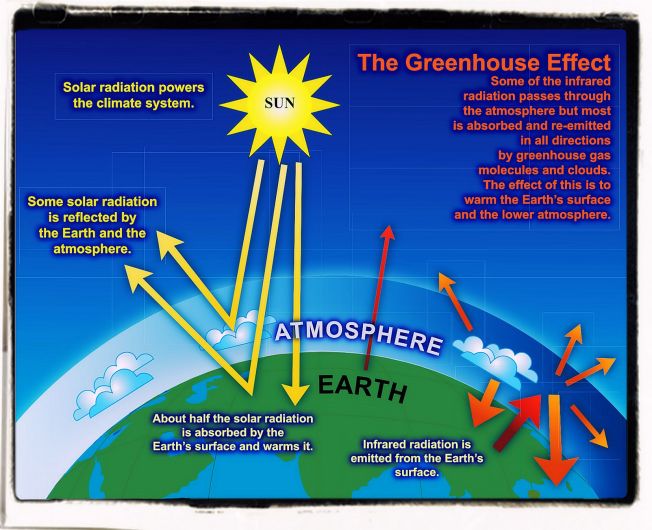
But now to make the matter clearer let’s go on reading what some expert scientists wrote in 1971, that is to say “Pollution: Warning of new ice age “, an article appeared in the Science magazine on July 9th, 1971 (173, 138)
If pollution continues to increase at the present rate, formation of aerosols in the atmosphere will cause the onset of an ice age in about fifty years time. This conclusion, reached by Dr S. I. Rasool and Dr S. H. Schneider, of the United States Goddard space flight centre, answers the apparently conflicting questions of whether an increase in the carbon dioxide content of the atmosphere will cause the Earth to warm up or increasing the aerosol content will cause it to cool down. The Americans have shown conclusively that the aerosol question is dominant.
Two spectres haunting conservationists have been the prospect that meddling with the environment might lead to the planet’s becoming unbearably hot or cold. One of these ghosts has now been laid, because it seems that even an increase in the amount of carbon dioxide in the atmosphere to eight times its present value will produce an increase in temperature of only 2°C, which would take place over several thousand years. But the other problem now looms larger than ever.
Aerosols are collections of small liquid or solid particle dispersed in air or some other medium. The particles are all so tiny that each is composed of only a few hundred atoms. Because of this they can float in the air for a very long time. Perhaps the most commonly experienced aerosol is industrial smog of the kind that plagued London in the 1950s and is an even greater problem in Los Angeles today. These collections of aerosols reflect the Sun’s heat and thereby cause the Earth to cool.
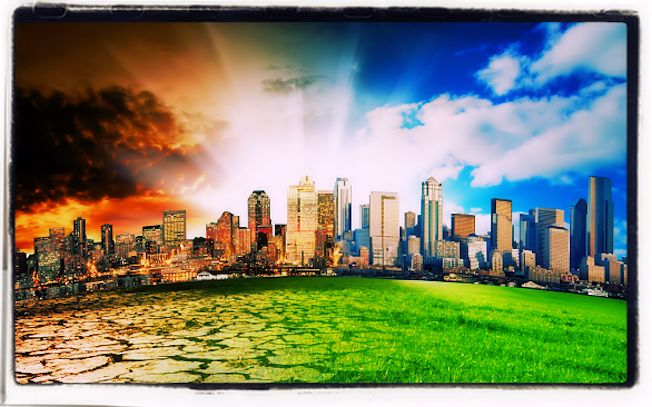
Dr Rasool and Dr Schneider have calculated the exact effect of a dust aerosol layer just above the Earth’s surface on the temperature of the planet. As the layer builds up, the present delicate balance between the amount of heat absorbed from the Sun and the amount radiated from the Earth is disturbed.
The aerosol layer not only reflects much of the Sun’s light but also transmits the infrared radiation from below almost unimpeded, So, while the heat input to the surface drops, the loss of heat remains high until the planet cools to a new balanced state.
Within fifty years, if no steps are taken to curb the spread of aerosols in the atmosphere, a cooling of the Earth by as much as 3-4°C seems inevitable. If that lasts for only a few years it would start another ice age, and because the growing ice caps at each pole would themselves reflect much of the Sun’s radiation it would probably continue to develop even if the aerosol layer were destroyed.
The only bright spot in this gloomy forecast lies in the hope expressed by Dr Rasool and Dr Schneider that nuclear power may replace fossil fuels in time to prevent the aerosol content of the atmosphere from becoming critical.
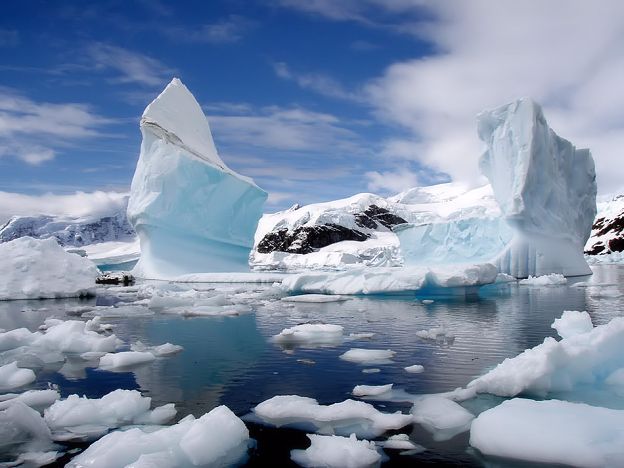
If you are interested in climate and environment matters you can also read
Environment questions and answers
Free download – 20 climate connection challenges for classrooms across the world

